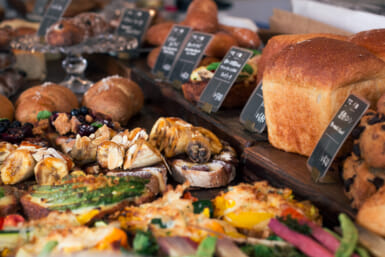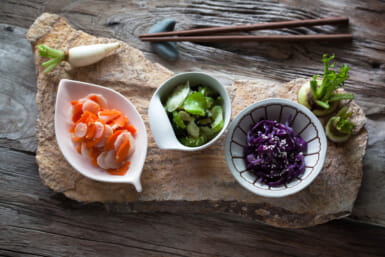Let’s see now: Is it ‘Pie-per’ or ‘Pee-pair’?
How do you pronounce Piper-Heidsieck?
If you don’t know, don’t worry. I’ve been mispronouncing it for years, since I first had drunk it, I started my wine career with Piper-Heidsieck Champagne. It began with a big bang, and I’m not referring to the cork’s popping out. I’m referring to the big bang that kept going on in my head the next morning.
For, having tasted Champagne for the first time, I couldn’t drink enough of it. The girl who invited me to her home and introduced me to it probably poured all she could down my throat to render me harmless.
Yes, you can get drunk on Champagne and any other wine, if you really want to. Just drink enough of it, like a couple of bottles, if you’re of average weight and tolerance.
That’s not what Piper-Heidsieck and other Champagnes and wines are for. They’re for enjoyment, for the enhancement of the flavor of food, for enlivening a gathering. For such purposes Piper-Heidsieck does great service.
I went to a party recently at Pachon’s Restaurant in Daikanyama, where Piper-Heidsieck was the theme. By that I mean it was the wine served. The party was a revelation in many ways, not just in the correct pronunciation of the name. For I found out about the many kinds of Champagne which Piper-Heidsieck produces at its vast cellars in Rheims; cellars so vast (10 miles of winding tunnels on four levels, containing 16,000,000 bottles that the 80,000 people from all over the world who visit the cellars annually must go through on a small electric train.
Low man on the totem pole — not that you can use the adjective, “low,” with anything connected with Piper-Heidsieck — is Piper-Heidsieck Brut Extra,which retails at ¥7,000. It is non-vintage, which means it is a blend of an non-vintage year with a vintage year.
Usually made of 80 percent Pinot Noir and 20 percent Chardonnay, the wine stays on its lees for three years before bottling. Half a bottle or 375 milliliters is ¥3,800.
Next on the list is Piper-Heidsieck Brut Extra with a year the vintage Champagne. The company claims to have made its reputation on this one, and I have no doubt that it did, as it is a fine wine, I also have no doubt that it was not the one I drank on that memorable day when the glories of the grape were introduced to me. My hostess, a sensible girl, would not have wasted such an excellent wine on me.
It is usually Pinot Noir and half Chardonay, making it than other Champagnes except the Blancs de Blancs, which are made entirely from the white grape. It is left lying on its lees at least four years before bottling, and that means you need have no fear as to its quality until nine years after the vintage year. For it is recommended that vintage Champagnes be drunk within five years of bottling. Non-vintage should be drunk right now.
Now we come to a very interesting name: Piper-Heidsieck Brut Sauvage, another vintage wine. I have never tasted it so cannot report on it, but the “Sauvage” in its name makes it interesting. I learned at the party that it is the driest Champagne made by the company, consisting of a blend of 90 percent Pinot Noir and 10 percent Chardonnay. Wow! What a body that should give it. Maybe that’s where the “Sauvage” comes from.
It also remains on its lees four years before bottling, giving it the same lifetime. I also learned that no “liquor d’expedition,” the mixture of old wine and sugar that is added to Champagne just before it is bottled for the market, is used. That should make it bone dry. I intend to try this unusual Champagne some day. It retails at ¥10,000.
Finally, we come to Piper-Heidsieck Rare, another vintage Champagne and another I have never tasted. It must be an exceptional wine, for it is made only from grapes classified 100 per cent (Champagne grapes are given percentage ranks which determines the price paid for them, with the best ranked at 100 percent).
It is also a blend of 60 percent Chardonnay and 40 percent Pinot Noir, which should make it fairly light in body. It is kept on its Ices for six years before bottling and retails at ¥20,000.
The ten-years-after-vintage rule does not mean a Champagne goes bad a decade after the grapes are picked. It means one must be careful; for if it isn’t kept under good conditions, it may go flat. If it is, you can very well get a Champagne that has developed a depth of character not found in younger wines. But Champagnes do have their peaks and do go downhill. In the case of the Piper-Heidsieck vintage brand, the cellarmaster recommends it be drunk from four to six years after the vintage date, when it is still fresh and young and sparkling with the verve of youth.
Oh yes, the proper way to pronounce Piper Heidsieck. According to the company people there, you say PEE-PAIR HIDESEEK; not PIE-PER HIDESEEK, as I used to.








